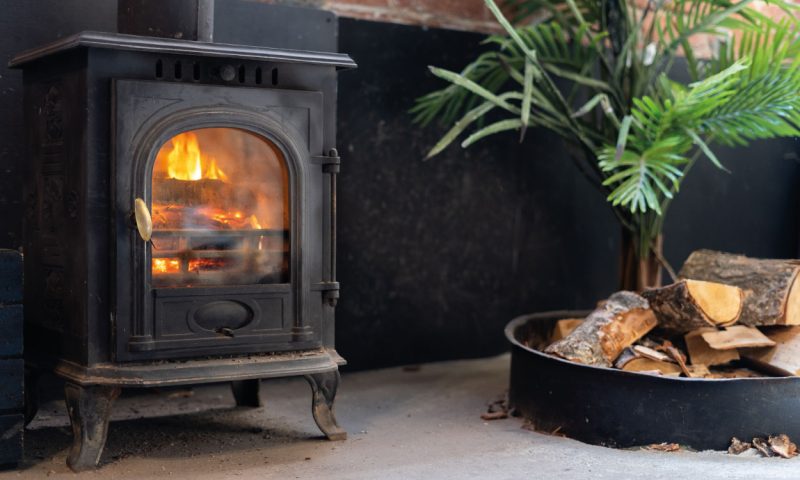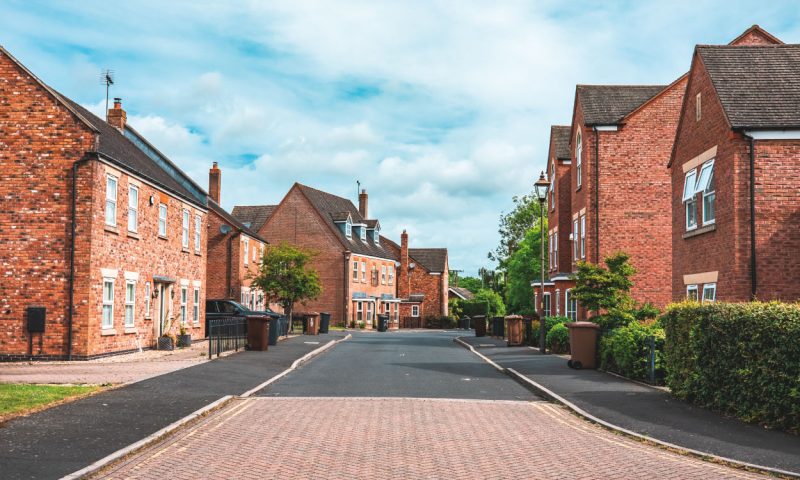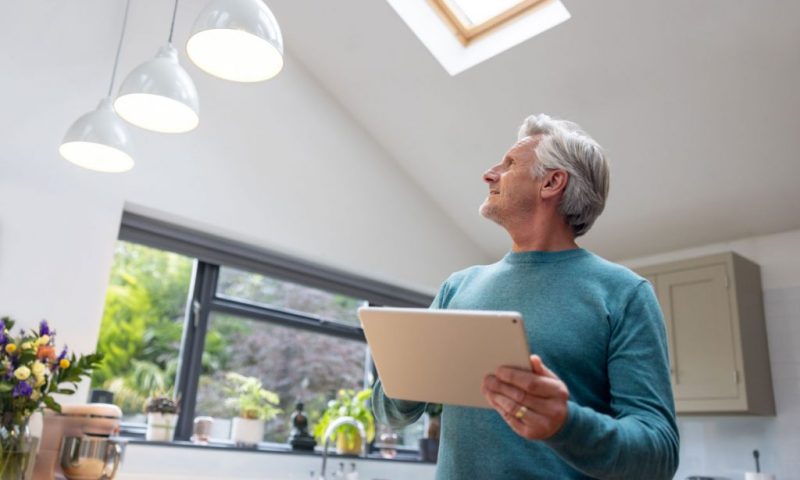Straight Staircases vs Spiral Staircases

Looking to make a statement with your staircase?
Whether you’re renovating or building from scratch, the type of staircase you choose can have a big impact on both style and functionality. One of the first choices you’ll face is deciding between a straight or spiral design.
Straight staircases are a classic choice. They’re straightforward to install, easy to use, and blend seamlessly into most interiors. Their clean, simple lines suit a wide range of architectural styles, making them a practical and versatile option.
Spiral staircases, on the other hand, offer something a bit more eye-catching. Compact and full of character, they can serve as a bold focal point in a room; ideal for making the most of a smaller space or adding a touch of architectural flair.
Both styles have their strengths, so your decision will likely come down to your space, design preferences, and how you plan to use the staircase day-to-day.
In this article, we’ll take a closer look at what straight and spiral staircases have to offer.

The Benefits Of Straight Staircases?
Straight staircases are popular for a reason. Actually, they’re popular for many reasons – they offer a range of practical benefits that make them ideal for many homes.
One of the main advantages is their straightforward installation. Without the need to navigate bends or curves, straight staircases are typically fixed between two floors with minimal additional structural support. This simplicity can make them quicker and more cost-effective to install compared to more complex designs.
They also tend to be wider than other staircase styles, which can be a real advantage when moving furniture or large items between floors. The generous width provides more space to manoeuvre, making day-to-day tasks easier.
Another key benefit is their ease of use. Straight staircases are generally the most accessible to climb, with an even rise and no twists or turns. This can be particularly important for households with young children, older adults, or anyone with mobility concerns.
Downsides Of Straight Staircases
While straight staircases are practical and easy to use, they do come with some limitations – chief among them being the amount of space they require. Because they run in a single, uninterrupted line from one level to the next, they can take up a significant portion of floor space. This linear layout often necessitates a landing, particularly in taller properties or where the staircase needs to change direction to fit the layout of the home.
Incorporating a straight staircase into a home’s design typically requires early planning, as they need a clear run of space from top to bottom. Retrofitting one into an existing layout can be difficult without major adjustments. Even though some compact straight staircase designs are available, fitting a full set into a smaller property – or one with an unusual layout, can be a real challenge.
This makes them less flexible than other options, such as spiral staircases, when space is tight or the layout is more complex.
The Benefits Of Spiral Staircases?
Spiral staircases offer a distinctive blend of practicality and visual appeal, making them a popular choice for both indoor and outdoor spaces. They’re well-suited to loft conversions or compact areas where saving space is a priority.
One of the main advantages of a spiral staircase is its compact footprint. Unlike traditional straight staircases, spiral designs take up far less room, making them ideal for smaller homes or areas where floor space is limited. While space-saving staircases do exist, spirals are often the go-to solution when space is at a premium.
Aesthetically, spiral staircases stand out as a striking design feature. Their unique, flowing form adds character and a sense of elegance to any setting—whether indoors or in the garden. They can transform an otherwise ordinary space into something much more eye-catching.
Spiral staircases also come in a wide variety of styles and materials, from sleek modern designs in metal and glass to more traditional timber constructions. This versatility allows you to choose a staircase that not only fits your space but also complements your overall design aesthetic.
Downsides Of Spiral Staircases
Spiral staircases, while visually striking and excellent for saving space, come with a few practical limitations including accessibility. The compact, winding design can make them more difficult to use, particularly for older adults, those with limited mobility, or households with young children or pets. The narrower treads and tighter turns can pose safety concerns, especially without sturdy handrails or non-slip surfaces.
They can also be less convenient when it comes to transporting furniture or large items between floors, as the confined space makes manoeuvring more challenging. Despite these issues, spiral staircases do offer a level of separation and privacy that straight staircases often don’t. Their vertical structure creates a distinct boundary between floors, which can enhance the overall layout and flow of certain spaces – especially in open-plan or compact homes.
Decision Time: Straight or Spiral?
Both straight and spiral staircases come with their own advantages and challenges, so the right choice ultimately depends on the specific needs of your home or garden.
If you expect to be carrying large items regularly, or if safety for young children is a priority, a straight staircase may be the more practical option. On the other hand, if you’re working with a compact space and want to create a striking visual feature, a spiral staircase could be the ideal solution.
Whichever style you choose, make sure to check the relevant building and safety regulations before installation to avoid issues down the line.
In the end, it’s about what works best for your lifestyle and your space. Once you’ve decided, you can start exploring your options and find the staircase that fits your home perfectly.
The post Straight Staircases vs Spiral Staircases appeared first on UK Home Improvement.







